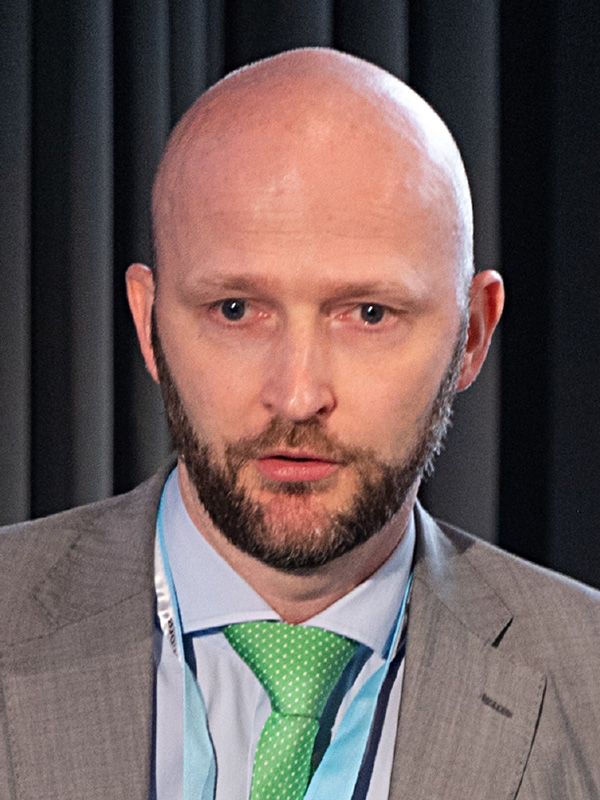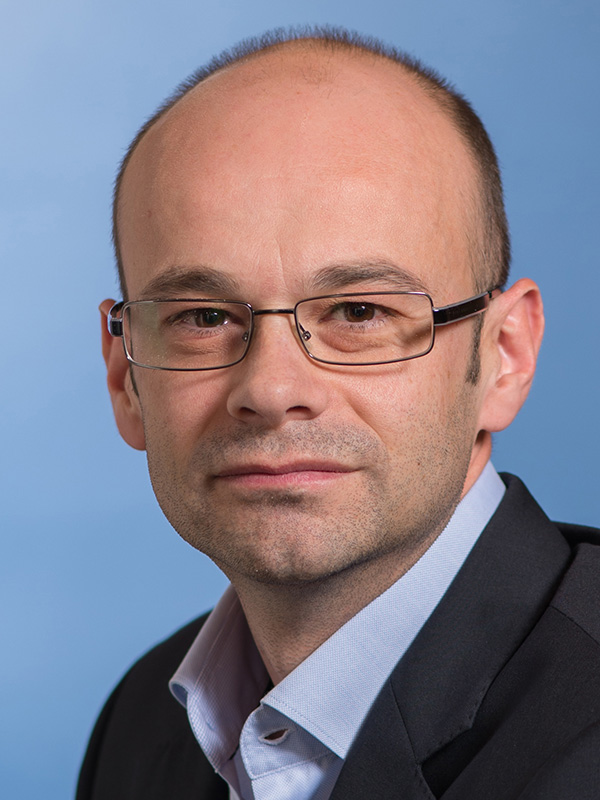Groundbreaking research
Clinicians now have solid evidence that a combination of measures —including a drug holiday—can effectively reduce medication-related osteonecrosis of the jaw (MRONJ), thanks to research conducted at the AO Research Institute Davos (ARI).
Results of the study, A Drug Holiday Reduces the Frequency and Severity of Medication-Related Osteonecrosis of the Jaw in a Minipig Model, were published in June 2020 in the Journal of Molecular Biology Research. The study’s findings show that antibiotic prophylaxis, plastic wound closure, smoothening of sharp, bony edges, and a perioperative drug holiday significantly reduce MRONJ in a minipig model. Partners in the study were Prof Sven Otto, MD, Department of Oral and Maxillofacial Surgery, Ludwig Maximilians University (LMU), Munich, Germany; Christoph Pautke, LMU; Philipp Poxleitner, MD, Department of Oral and Maxillofacial Surgery, University of Freiburg, Freiburg, Germany; and Ursula Eberli, Dirk Nehrbass, Stephan Zeiter, and Prof Martin J Stoddart, all from ARI.
MRONJ, a rare, severe, debilitating condition of unknown cause, is a new entity of tissue necrosis most frequently diagnosed in patients receiving bisphosphonate antiresorptive (AR) medication in the course of their treatment for bone metastasis or osteoporosis. The ARI study investigated preventive measures recommended for tooth extractions under AR treatment and the role of discontinuation of AR therapy to avoid the onset of MRONJ in a minipig model.
Key findings
“This project was a natural follow-up to AO CMF-funded research at ARI,” says ARI Program Leader—Regenerative Orthopedics, Principle Scientist Prof Martin Stoddart, PhD, FRSB. “In my view, the key findings were that by taking simple precautions and preparing in advance, the incidence and severity of MRONJ can be significantly reduced. We went from a control positive group where all animals treated with zoledronate progressed to MRONJ, to the drug holiday group where 60 percent of the animals did not get MRONJ. This means that, in principle, you can reduce the dose of bisphosphonate prior to surgery and reduce the incidence of MRONJ.”
Poxleitner, a former ARI medical fellow, believes the study gives clinicians in vivo data on how to best manage tooth extraction in patients who are being treated with bisphosphonates.
“If we can minimize the risk of MRONJ, we can help patients avoid the quality-of-life issues associated with MRONJ,” he explains. “This was the first study of this kind on a large animal model and it provides the solid research basis that was previously missing.”
Otto explains that while the precise cause of MRONJ is still unclear, the ARI study proves that it’s possible to avoid MRONJ following tooth extractions.
“This study is groundbreaking because, to be best of our knowledge, it is the first time that MRONJ could be avoided in a large animal model by using various prophylactic measures, all directed toward avoidance of infection,” he says, adding that timing of the surgery also plays a key role in avoiding infection. “Findings related to timing of the surgery are of clinical importance because in many cases, this is a factor we can influence. This project also provides another hint that infection may be the cause of MRONJ.”
Otto said the impact of the study could be “huge” because clinicians long had been advised to avoid tooth extractions in patients being treated with bisphosphonates.
“That recommendation was completely wrong because it led to problems with infected teeth that stayed in patients’ jawbones and could even increase the risk,” he explains. “Now, we know that we can perform tooth extractions quite safely, in a predictable manner, using exactly the methods we’ve used in this study,” he says. “Further prospective studies in a patient setting, as well as studies for treatment of MRONJ, would be desirable.”



